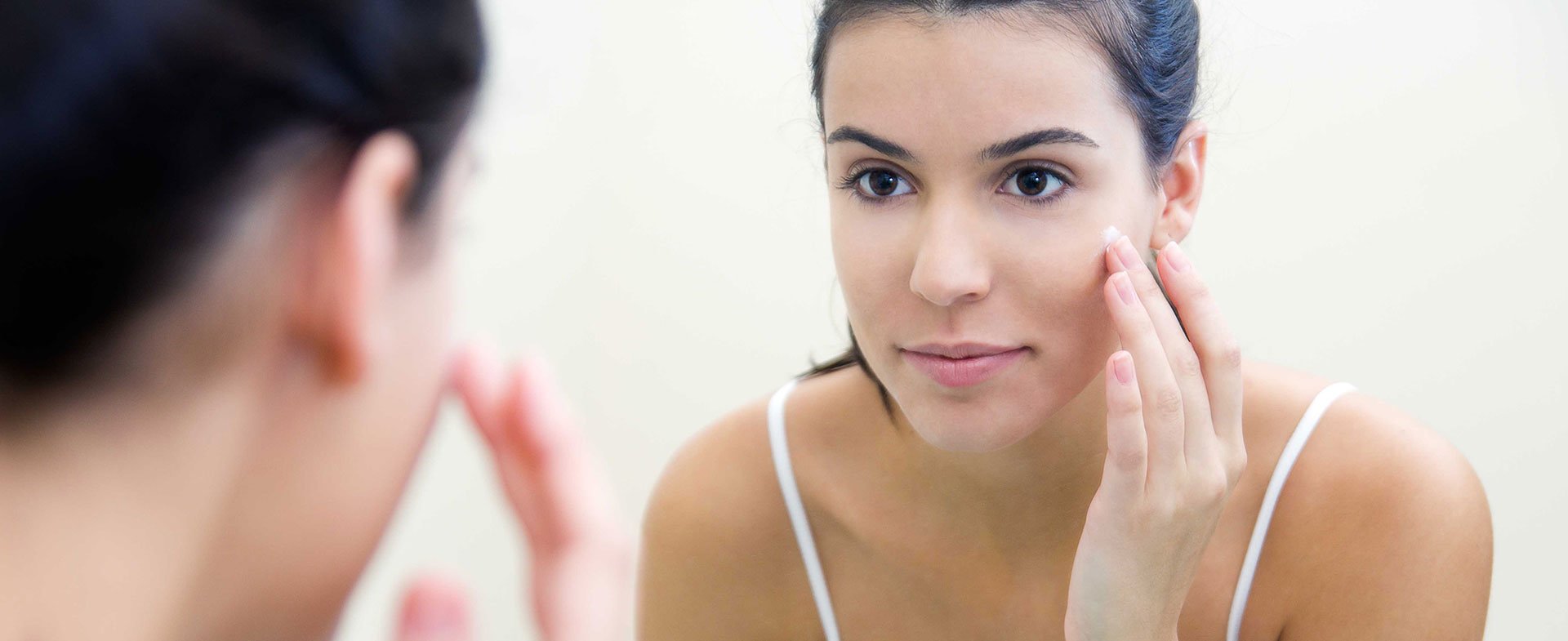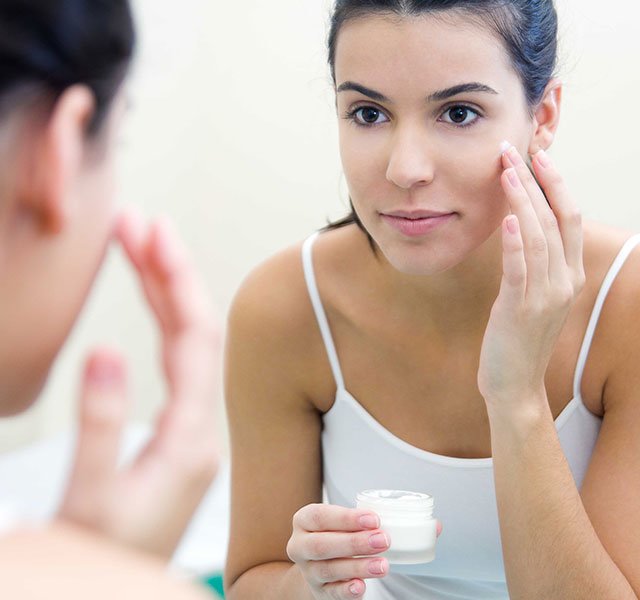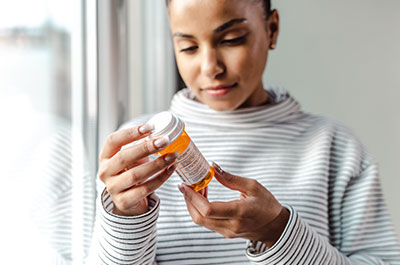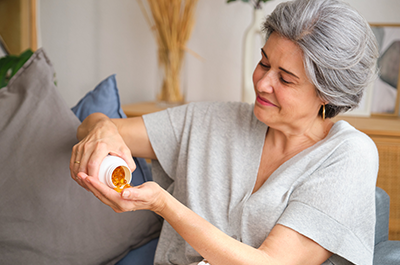A lot of people think acne is an adolescent or teenage problem. Some teens in the throes of puberty even fantasize about being a grown-up so they can ditch blemishes for good. The sad truth: blackheads, whiteheads and painful cystic acne don’t just disappear the day you turn 20.
“Teenagers often get hit with acne because their hormones are changing,” says Laurie Kohen, M.D., a dermatologist with Henry Ford Health. “Shifting hormones increase the amount of sebum (a.k.a., oil), the skin produces. Oil plus clogged pores and bacteria cause pimples.”
Unfortunately, puberty isn’t the only time in our lives when we experience hormonal upheaval. Dr. Kohen says both men and women might notice a second and third wave of acne: one between their 20s and 40s and a third (among women) around the time of menopause.
But acne isn’t something adults have to suffer through. In fact, adult “acne” may not be acne at all, but rather a condition like rosacea or periorificial dermatitis. All three conditions share similar characteristics and treatments, but effectively obliterating angry breakouts requires targeted treatment – and working with a dermatologist.
To help you figure out what kind of spots are plaguing your skin, here’s a primer on the main causes of blemishes:
Acne – Acne ranges from mild (a few whiteheads and blackheads) to severe (deep inflammatory cysts). Many of the same factors that trigger breakouts during puberty also play a role in adult acne: clogged pores, bacteria and fluctuating hormone levels. Acne may also occur as a side effect of medication or as a reaction to hair and skin care products.
- How to treat it: First, keep your hands off your face! Use a mild cleanser twice daily to wash away dirt and bacteria. Then ask your dermatologist which topical applications are best for the type of acne you have. Most cases of acne respond to gels, creams and lotions that contain some combination of clindamycin (an antibiotic), benzoyl peroxide and retinoids. “Oral medications, including birth control pills or antibiotics, are best for hard-to-treat blemishes,” Dr. Kohen says.
Rosacea – Rosacea is a common skin condition that presents as redness of the skin, but it can also produce pus-filled bumps that look a whole lot like acne. You may notice flare-ups on the heels of certain triggers (such as spicy foods, alcohol, sunlight and stress) followed by periods of mostly clear skin.
- How to treat it: While there’s no cure for rosacea, there are many treatments, including laser treatments and oral antibiotics, that help control symptoms and reduce redness. “Make sure a dermatologist helps distinguish whether this is rosacea or acne because there are subtle differences in treatment approaches for each,” Dr. Kohen says.
Periorificial Dermatitis – Periorificial dermatitis appears as small red, bumps around the nose, mouth and/or eyes. Although the spots can look like acne, dermatologists believe this condition may be related to eczema. While the cause is largely unknown, it is suspected that there are certain triggers ranging from nasal sprays and creams to chemicals and cinnamon flavoring in gum and toothpaste.
- How to treat it: Since periorificial dermatitis is like a mix of eczema and acne, it can be tough to treat. “The problem is, with traditional acne treatments you can dry out the acne component, but you irritate the eczema component,” Dr. Kohen says. The end result: periorificial dermatitis typically lasts for a long time and often requires oral antibiotic treatment.
No matter which skin condition you have, successful treatment doesn’t happen overnight. Instead, you’ll need to try one treatment at a time for at least eight weeks. “Whether you’re a teenager or an adult, that’s a tough hurdle to overcome,” Dr. Kohen says. “But if you stick with a treatment for two to three months, chances are, you’ll begin to notice improvements in your skin.”
In the meantime, clean up your act. Ditch makeup-caked brushes, make sure any cosmetics you purchase are labeled “non-comedogenic,” meaning they won’t clog pores, and try to keep your skin clean and moisturized. Most importantly, see a dermatologist so you know which type of skin issue you’re battling.
To find a doctor or dermatologist at Henry Ford, visit henryford.com or call 1-800-HENRYFORD (436-7936).
Dr. Laurie Kohen is a dermatologist who sees patients at Henry Ford Medical Center – New Center One and Henry Ford Medical Center – Troy. She is also the Associate Program Director of Henry Ford Dermatology Residency.



